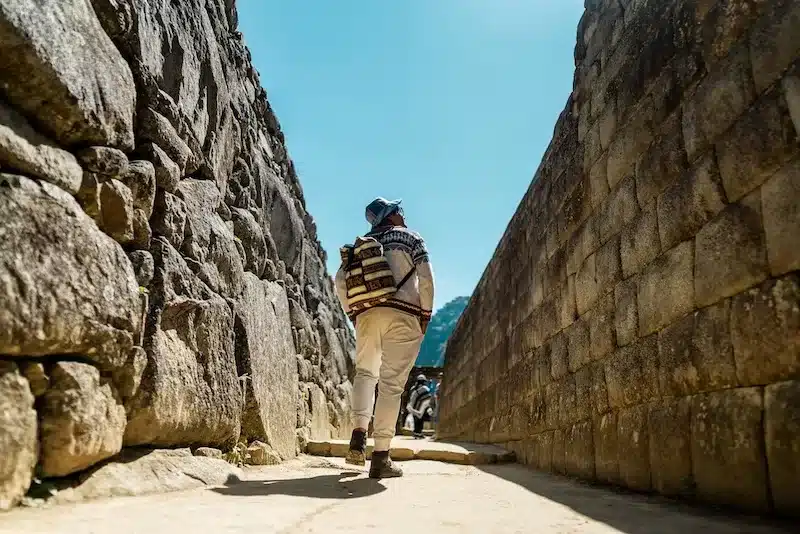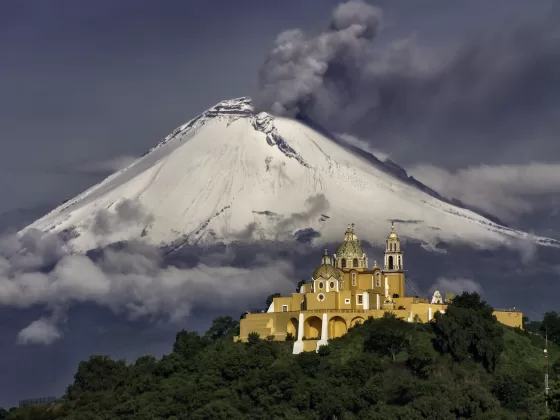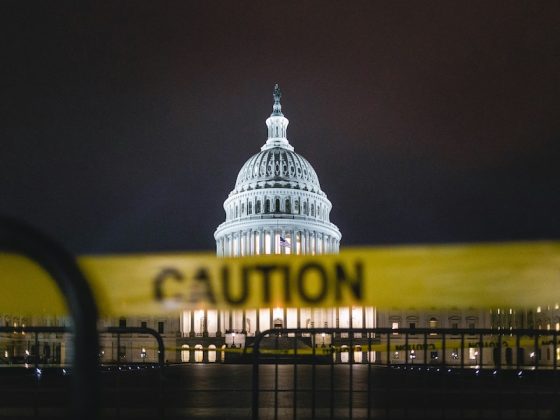This week’s headlines stretch across time zones and centuries, touching on survival, culture, conservation, and quiet revolutions in how—and why—we move through the world. A traveler lost in the Australian outback survives nearly two weeks barefoot before rescue. Japan’s once-thriving panda capital bids farewell to its final bears. In Hungary, centuries of literary history are under siege from a six-legged threat, while U.S. scientists prepare to drop flies from planes to combat invasive pests. Airport security begins evolving toward a less invasive future, and in Peru, a newly unearthed ancient city invites travelers deeper into the Andean past.
Barefoot Escape
A 26-year-old German traveler has made global headlines after surviving 12 days alone in Australia’s remote Karroun Hill nature reserve. After crashing her van, Carolina Wilga suffered a head injury and wandered barefoot through the wilderness with no water bottle or shelter. Rescued in a severely dehydrated state by a local farmer, she now faces a slow recovery—though miraculously, she escaped without long-term injuries.
For expats and long-haul adventurers, the story underscores just how unforgiving the Outback can be. It’s a sobering reminder to prepare for worst-case scenarios—even in developed countries—and to never underestimate the risks of solo travel in extreme landscapes.
Read more like this: The Power of Solo Travel
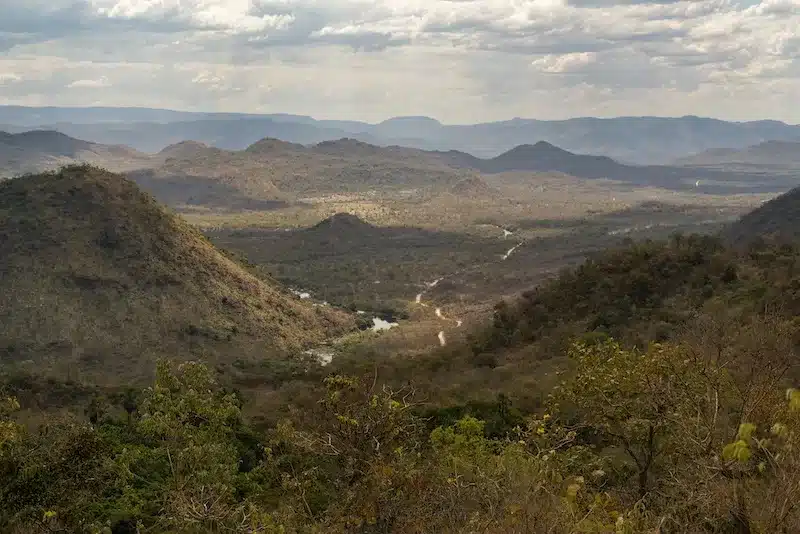
Books vs. Beetles
Hungary’s 1,000-year-old Pannonhalma Archabbey Library has been forced to shut its doors to fight off a devastating beetle infestation. The culprits—drugstore beetles—have already damaged some of the library’s 400,000 historic volumes, including a rare collection of 100,000 protected books. Experts blame climate shifts for the outbreak, noting higher humidity levels that create ideal conditions for pests.
With conservationists rushing to fumigate the structure using carbon dioxide, the library will remain closed to visitors for months. For travelers and cultural expats, it’s a stark reminder of how environmental changes threaten even the most sacred corners of human knowledge.

Flies from the Sky
The U.S. Department of Agriculture is reviving a Cold War-era program to combat a dangerous livestock parasite—by breeding and releasing billions of sterile flies. These specially engineered New World screwworm flies will be dropped from planes across the southern U.S. and northern Mexico to suppress the spread of the flesh-eating pest.
The method, which helped eradicate the screwworm decades ago, is being brought back to counter a new threat to borderland farms and ecosystems. Though harmless to humans, travelers in affected areas may notice low-flying aircraft—and an eerie buzz—returning to the skies.
Panda Town No More
Japan’s Shirahama, long known as the country’s unofficial panda capital, has sent its final four pandas back to China—ending a 50-year love affair. The pandas, housed at Adventure World zoo, drew hundreds of thousands of visitors annually and contributed nearly $40 million to the local economy. But with loan terms expiring and diplomatic shifts in play, the pandas have now departed.
Shirahama faces a tourism reckoning, as the town rebrands its image in the absence of its star attractions. For animal lovers and cultural tourists, it’s a bittersweet example of how soft diplomacy, wildlife conservation, and economics remain tightly intertwined.
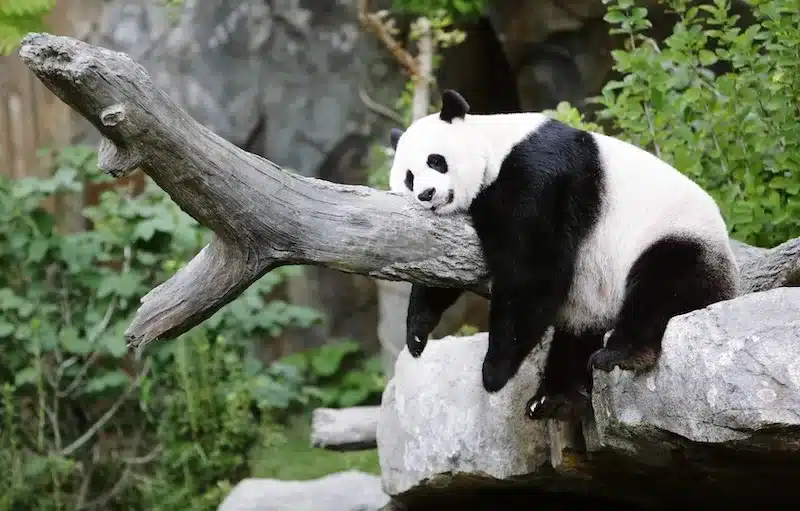
Shoes Stay On
In a rare shift toward convenience, the TSA has announced it will begin phasing out its requirement for all travelers to remove their shoes at security checkpoints. Starting with select PreCheck and pilot locations, the change aims to modernize post-9/11 screening protocols and reduce delays without compromising safety.
For expats flying home or digital nomads on tight layovers, the adjustment—though small—feels long overdue. Whether the change will expand quickly across U.S. airports remains to be seen, but travelers everywhere are lacing up with cautious optimism.
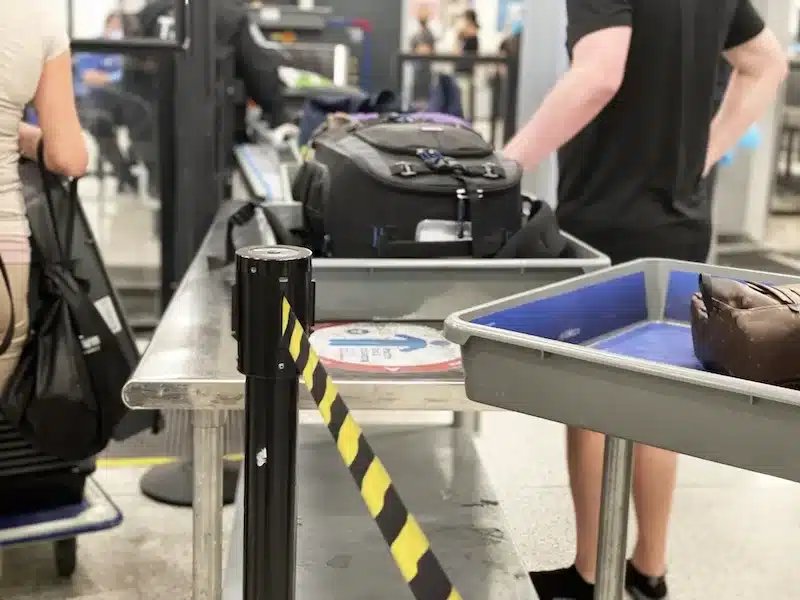
Lost City Found
In Peru’s Barranca province, archaeologists have unveiled a 3,500-year-old urban complex once central to early Andean civilization. The site of Peñico, now open to visitors, was a vital hub connecting coastal, mountain, and jungle communities—and features monumental architecture, ceremonial plazas, and clues to one of the hemisphere’s earliest trade networks.
For history buffs and off-the-grid explorers, the discovery adds depth to Peru’s already rich archaeological map. As crowds flock to Machu Picchu, Peñico offers an alternative path—quiet, revelatory, and grounded in a lesser-known chapter of human innovation.
Read more like this: Last week’s Global headlines
Latest Global headlines This Week – Know what’s Happening, Everywhere
Stay informed on Weekly Global headlines Update. Subscribe for Escape Artist get the latest updates on global affairs, trends, and breaking news.
